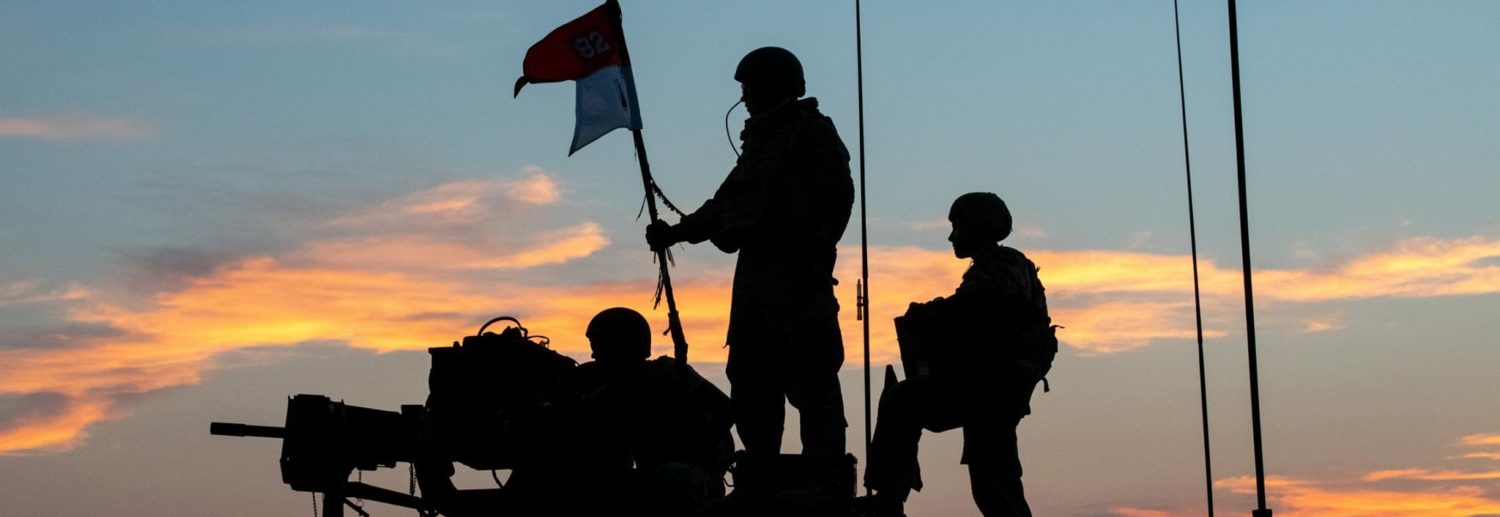Rifle qualification has long served as a gauge of unit proficiency and training. It facilitates risk mitigation and serves as a gate from individual training to more advanced unit training. For years, the Army has used a three position static record fire rifle qualification. This course allowed a modicum of understanding of individual marksmanship from 50m to 300m, but did little to enforce the skills needed to employ the rifle in combat. Soldiers require the skills to react to an immediate threat, reload, use cover, and change positions during an engagement to maximize their lethality and survivability on the battlefield. These skills weren’t effectively represented in the legacy rifle qualification table. The U.S. Army required a test that better prepared and qualified Soldiers for the marksmanship required by the crucible of ground combat. Now it has one.










